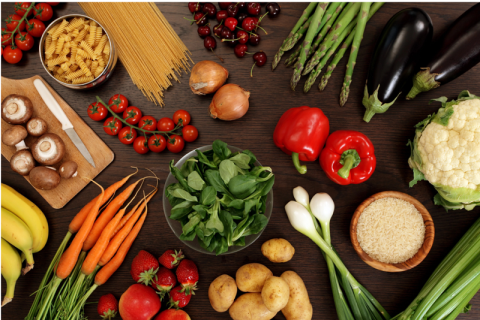Green packaging utilizes manufacturing techniques and materials to reduce energy use and the harmful effects of packaging on the ecosystem. It includes recyclable and biodegradable materials instead of artificial materials like Styrofoam and plastic. Also, sustainable manufacturing procedures take actions to minimize their power output plus the green emissions they generate.
6 Strategies to Eco-Friendly Packaging
With sustainable packaging, you have more space and storage, save money, and increase sales. Green packaging minimizes using resources like electricity, water, and more. It’s free of toxins and allergens and lowers carbon footprint. Investing in eco-friendly packaging can be rewarding for the environment and your business. This article outlines six ways to greenify your packaging.
1. Use compostable packaging materials
Compostable packaging materials decompose naturally back into the earth without leaving toxic residue. They’re from bio-polymers and plant-based resources, including sugarcane, bamboo, or corn. It’s essential to note that, for materials to be genuinely deemed compostable, they should break down within 90 days in commercial composts and 180 days in home composting conditions.
Compostable packaging averts organic waste from landfills, minimizes greenhouse gas emissions from organic materials, and lowers reliance on fossil fuels. Also, compost can benefit plants, animal life, and soils. Alternatively, you can find sustainable packaging solutions from environmentally mindful stores like Good Start Packaging.
2. Don’t mix packaging materials
Choose packaging that entirely comprises a single kind of plastic or paper. When plastic and paper or two plastic types are fused, the layers cannot be separated during sorting and can no longer be recycled. Stacking small mixed material amounts onto paper, such as sealing boxes using plastic tape, doesn’t mean it can’t be recycled. It impacts the amounts to be recycled. So, consult a recycling plant for more information.
3. Consider repurposing and reusing your packaging
If you receive an inbound shipment in corrugated boxes, you can save and repurpose them for customer packaging, only if it won’t negatively affect customer experience. With this solution, you can reduce 100% of resources and the emissions that would otherwise be released when producing new packaging. To get the most out of this, ensure the repurposing and reusing boxes works well for your brand.
4. Invest in fully recycled materials
Your primary goal should be using eco-materials for all your shipping needs, whether eco-mailer boxes or paper mailer envelopes. Consider shifting from virgin fiber paper to recycled content. Investing in sustainable packaging materials from fully recycled paper reduces greenhouse gas emissions from creating paper made using excess raw materials. Most of these emissions are due to chopping down trees to convert them to virgin fiber. Moving to recycled paper mailers can help reduce the number of trees cut down and carbon emissions.
Read Also: Pop Music Meets DINK Cuisine: One-Night Popup Event – F & B
5. Work with sustainable manufacturers
Packaging manufacturers implement sustainability in various ways, such as optimizing machinery, reducing water or power usage, and more. They can ensure sustainability with the materials they utilize and their practices. Working with a sustainable manufacturer can help align your packaging with sustainability.
6. Use eco-friendly inks
Eco-friendly inks, including water-based and soy-based inks, are safe for the environment and make recycling cartons or paper much easier. Soy-based ink is an excellent alternative to oil-based and petroleum inks because it’s from soybean oil, a 100% renewable source. The ink is biodegradable, which organically breaks down and quickly returns to earth.
Endnote
Green packaging is safe for the environment and beneficial for businesses. Use these tips to greenify your packaging.







